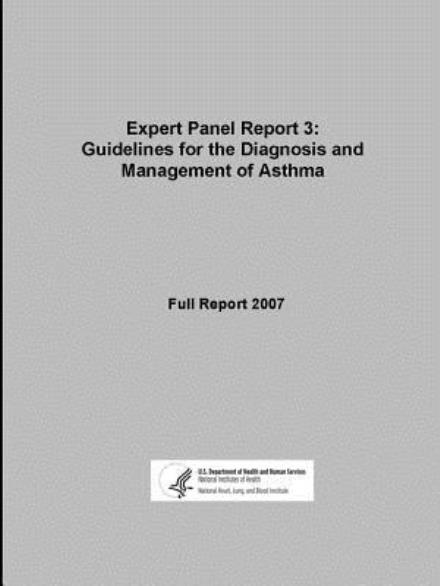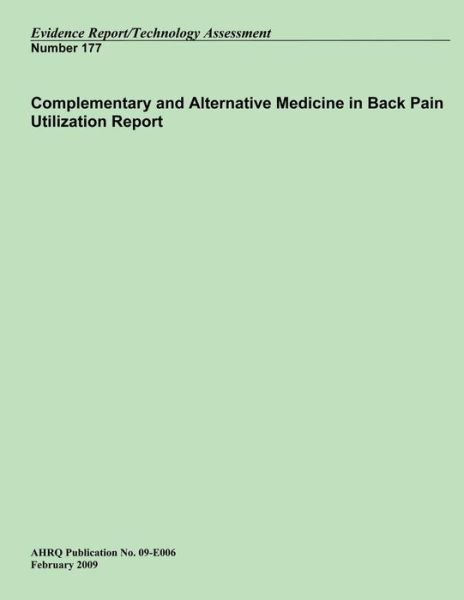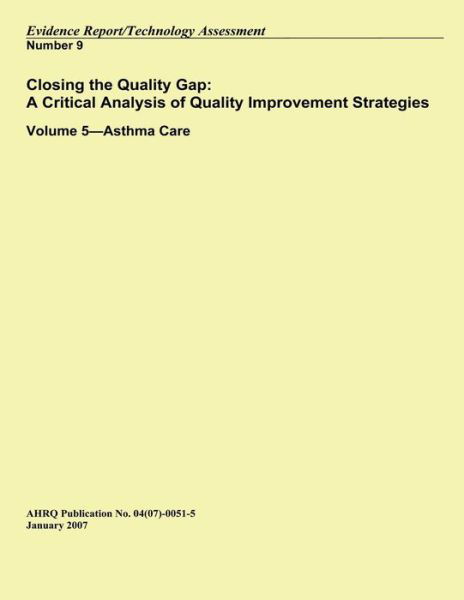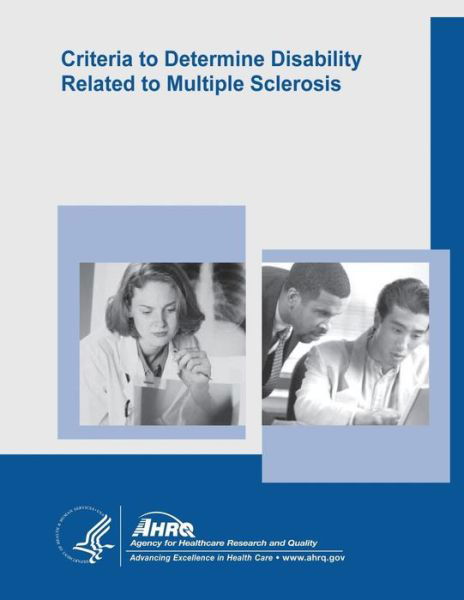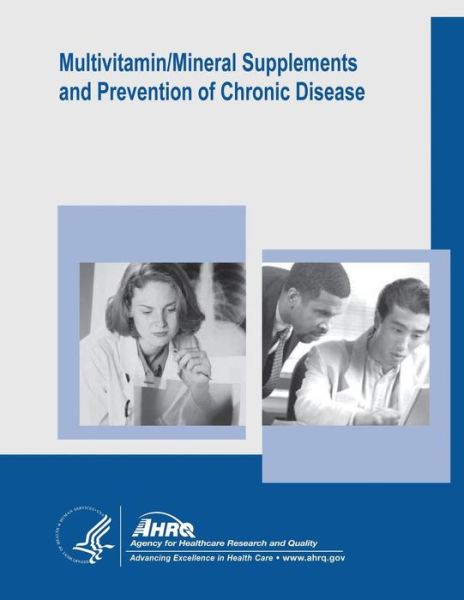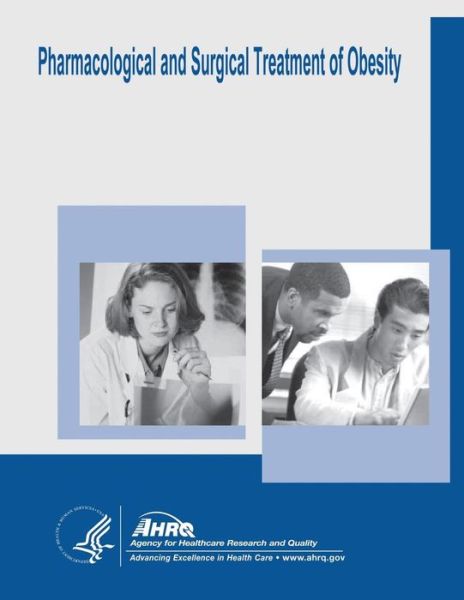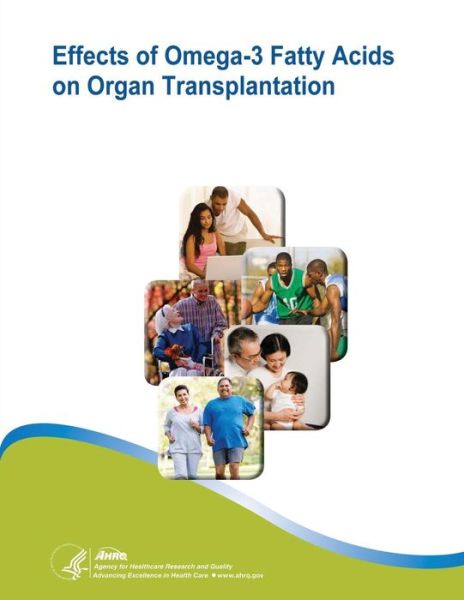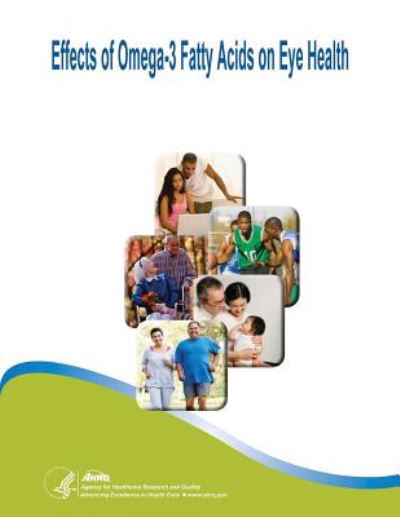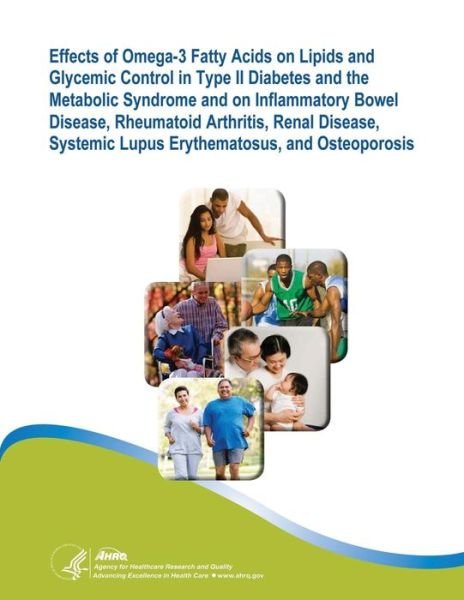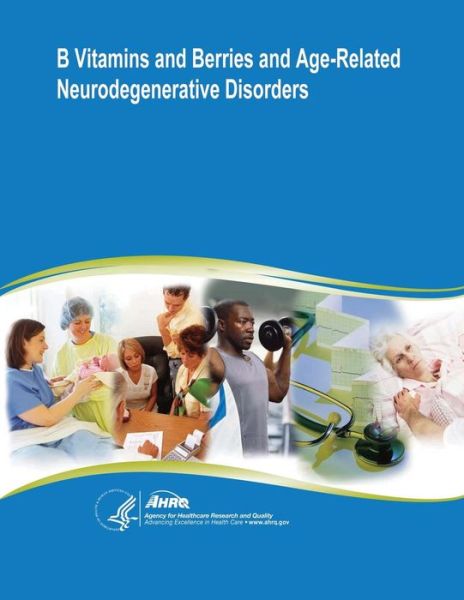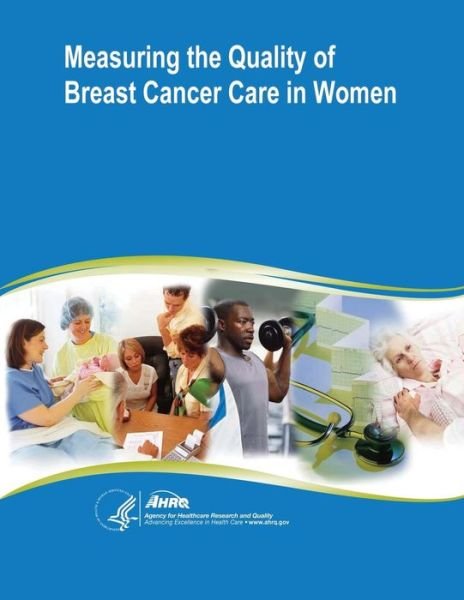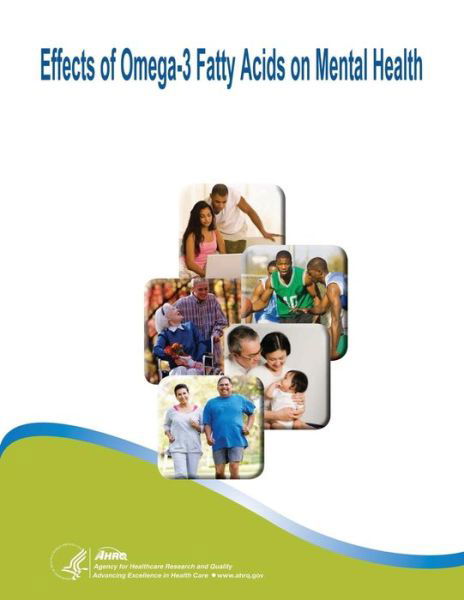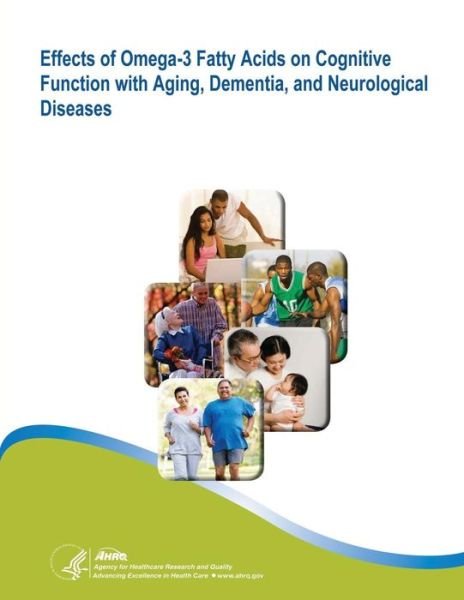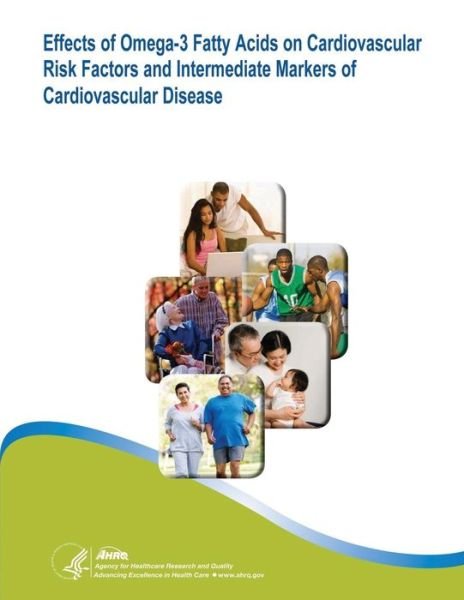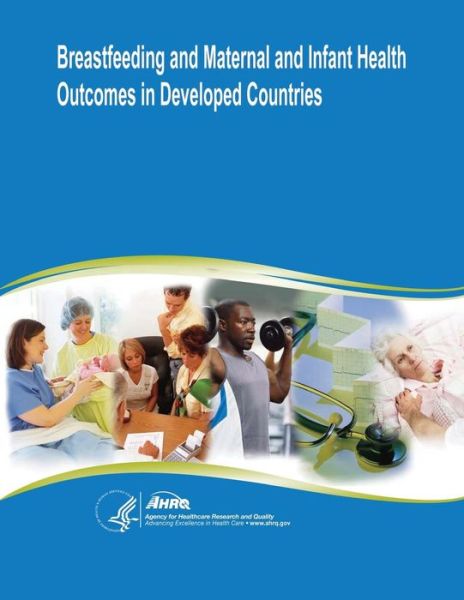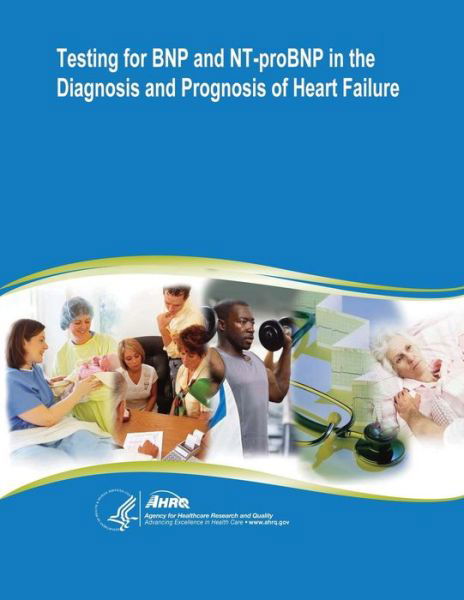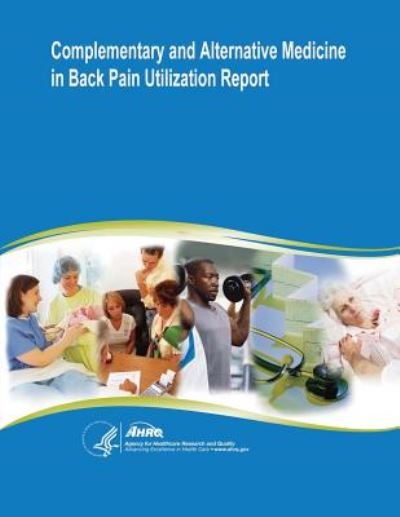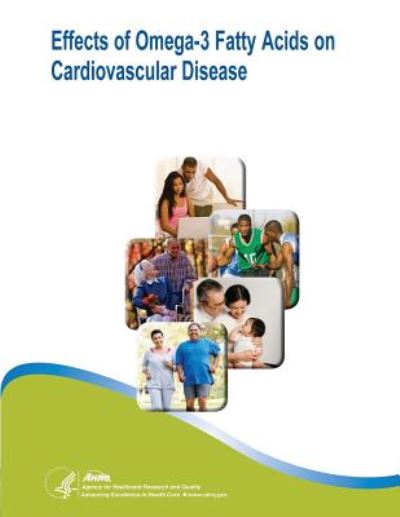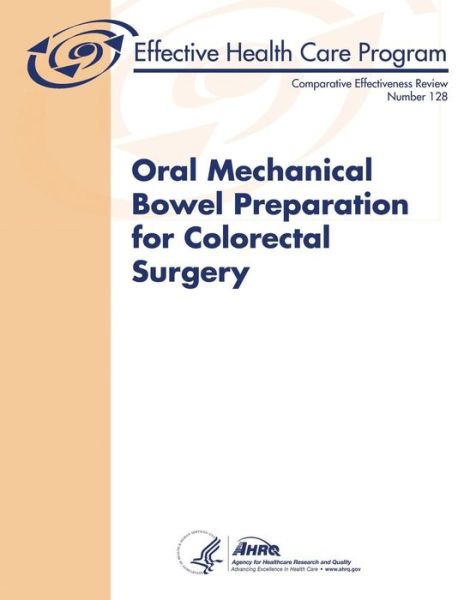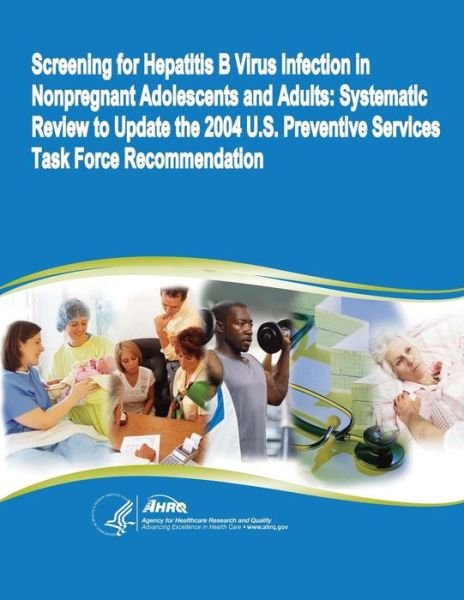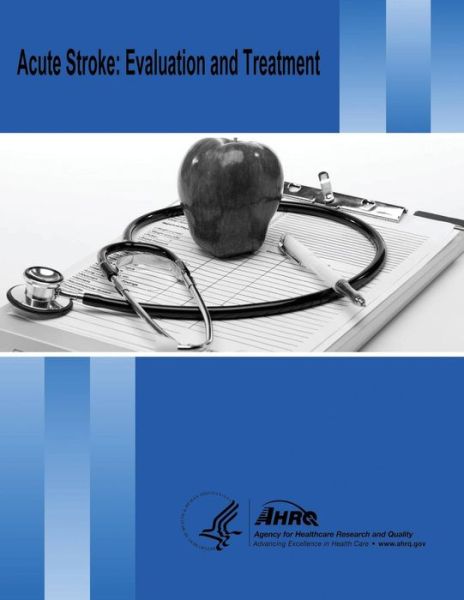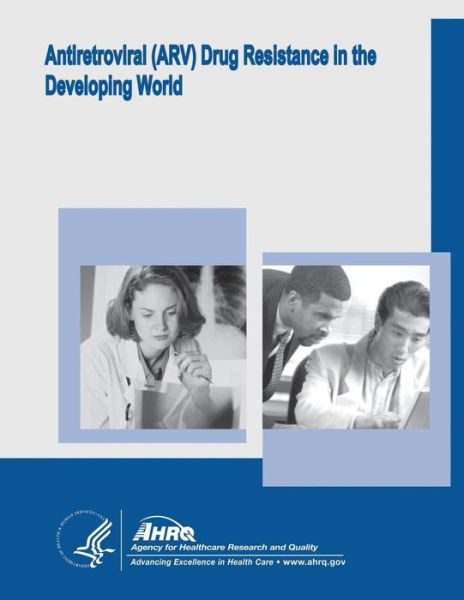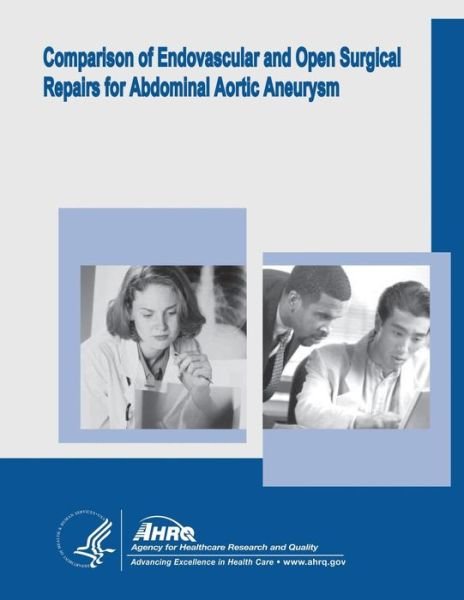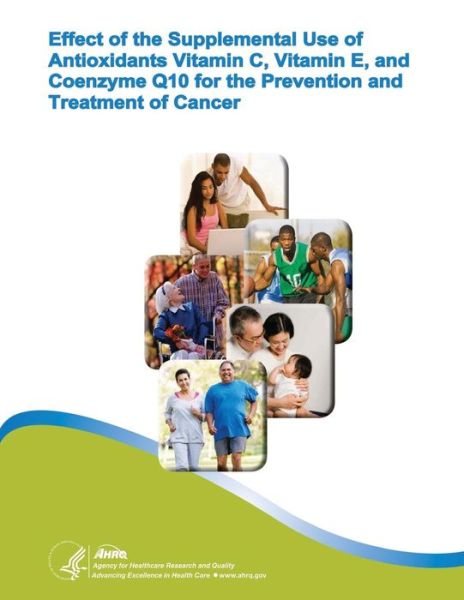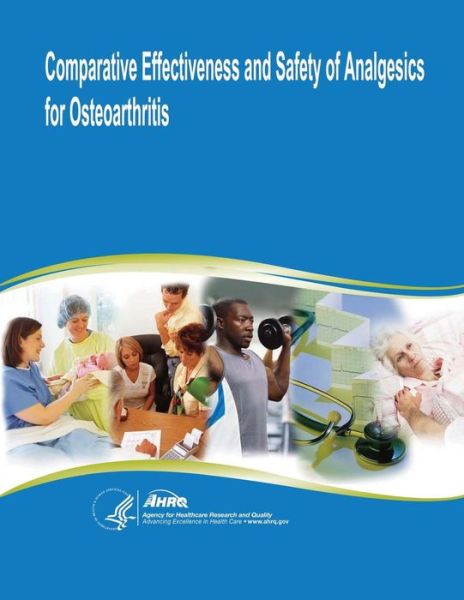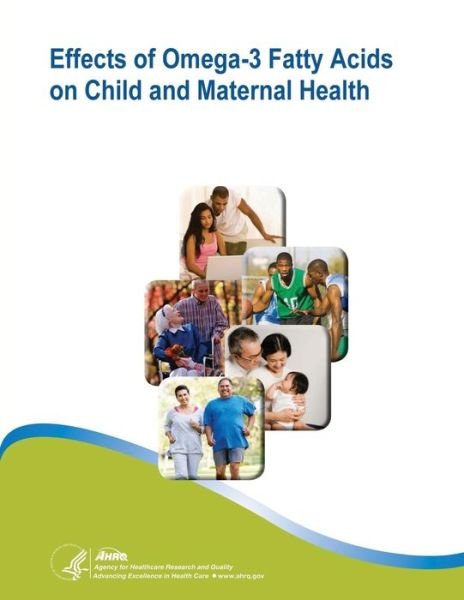
Tell your friends about this item:
Effects of Omega-3 Fatty Acids on Child and Maternal Health: Evidence Report / Technology Assessment Number 118
U S Department of Healt Human Services
Effects of Omega-3 Fatty Acids on Child and Maternal Health: Evidence Report / Technology Assessment Number 118
U S Department of Healt Human Services
Publisher Marketing: The purpose of this study was to conduct a systematic review of the scientific-medical literature to identify, appraise, and synthesize the human evidence for the effects of omega-3 fatty acids on child and maternal health. It has been posited that the accretion of omega-3 fatty acids within the maternal biological system has the potential to influence both maternal health during pregnancy and fetal health. Likewise, it has been hypothesized that their accumulation within the post-delivery child's biological system can affect its development and health. Birth weight is the most important factor affecting neonatal morbidity and mortality, and is thus an outcome worth monitoring. Moreover, premature infants are at risk of injury to every organ system in the newborn period. Of greatest concern for infants who survive are the risks of developing permanent neurocognitive deficits that impact their lifelong health and functional capacity. Results of studies conducted on residents of the Faroe Islands suggest that marine diets, which contain omega-3 fatty acids, increase birth weight either by prolonging pregnancy8 or by increasing the fetal growth rate. Additionally, it has been hypothesized that marine oils may lower risks of certain complications of pregnancy, in particular preterm delivery, intrauterine growth retardation, preeclampsia, and gestational hypertension, given that some of omega-3 fatty acids' presumed mechanisms of action overlap with those of aspirin. Docosahexaenoic acid (DHA) and arachidonic acid (AA) have been identified as important structural components of the highly specialized membrane lipids of the human central nervous system, with phospholipids of brain gray matter containing high proportions of DHA. DHA has also been observed to be the major long-chain polyunsaturated fatty acid (LC PUFA) in the outer segments of the retina's rods and cones. Based on observational studies, it has been shown that human milk fed infants have improved neurocognitive development compared to formula fed infants; it was hypothesized that one of the contributing factors may be the availability of long-chain derivatives of linoleic acid (LA) and alpha-linolenic acid (ALA) that is present only in human milk. This difference in fatty acids intake is reflected in lower erythrocyte membrane phospholipid DHA in infants fed formula.18 Until the recent availability of infant formula with added omega-3 LC PUFAs, standard infant formula was devoid of these fatty acids. The likely significance of omega-3 fatty acids for child health is therefore suggested by the observations that (a) the human brain and retina each contain considerable amounts of omega-3 fatty acids; (b) the children delivered at term receive an important supply of omega-3 fatty acids, especially in the third trimester of pregnancy; and (c) due to a shortened gestational period, a child delivered prematurely receives less exposure to omega-3 fatty acids content than does the term child. Not surprisingly, the observation concerning preterm infants has afforded considerable empirical study of the impact of omega-3 fatty acids on the health of such infants.
| Media | Books Paperback Book (Book with soft cover and glued back) |
| Released | June 29, 2014 |
| ISBN13 | 9781500354695 |
| Publishers | Createspace |
| Pages | 442 |
| Dimensions | 216 × 279 × 23 mm · 1.02 kg |

 Christmas presents can be returned until 31 January
Christmas presents can be returned until 31 January




